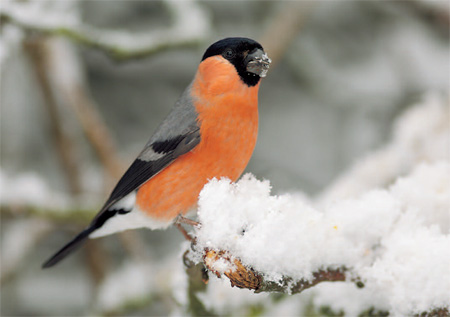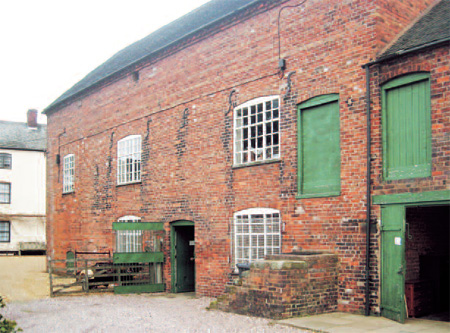This is Mill Green and Hawks Green
Nature Reserve
Its areas of grassland, wetland and woodland
are valuable habitats that provide a home for a
wide variety of wildlife. The area also has an
interesting agricultural history.
Grassland
Part of Mill Green includes ancient pastures and a
0.9 hectare section of hay meadow, which provides a
home for a number of rare species of invertebrates.
Botanical evidence suggests that the pastures have
never been ploughed, re-seeded or heavily fertilised.
In recent years, traditional land management techniques
have been reintroduced to the grassland areas of Mill
Green. A small herd of Dexter cattle help maintain the
pastures through periodic grazing. Once a year the
meadows are cut and the hay that is produced is baled.

Wild meadowland flowers on Mill Green. The pink
flowers are ragged robin, Lychnis flos-cuculi, the white
are oxeye daisy, Leucanthemum vulgare.
Woodland
The beech wood alongside the railway line was originally
planted as a shelterbelt. Many of the trees are over 100 years
old and are slowly dying, but a long-term programme to secure
this woodland is under way. At the northern end of Mill Green
is an ancient oak woodland – one of the few remaining
examples in the district. The multi-stemmed trees show that
this wood was once coppiced (which involved cutting a tree to
just above ground level to encourage new growth).

Wren, Troglodytes troglodytes. You may spot a wren in low vegetation in search of
insects. Despite being very small, it has a surprisingly loud song and a distinctive
rattling alarm call.
Photography by Chris Blackburn

Bullfinch, Pyrrhula pyrrhula. This is a male bullfinch, which can be easily
recognised by its bright chest and black cap. The female has duller colours.
Bullfinches can be found in woodland scrub and hedgerows.
Photography by Chris Blackburn
|
Farming in the 17th century
During the creation of a new hay meadow and
cattle refuges, archaeological works uncovered
evidence of previous tree clearance for
agriculture. The clay pipe fragments that were
found dated the clearance to the 17th century.
The balancing reservoir
The body of water in the centre of Mill Green
fulfils an important role as a balancing reservoir.
Floodwater entering the site from Ridings Brook
is contained by the large dam, which prevents
flooding downstream.
The dam had a history of overflowing, but
between 2005 and 2006 the Environment Agency
carried out remedial work that included raising
the height of the dam.

Bee orchid, Ophrys apifera, is so-called because
when it flowers in June or July, it is said to resemble
a bumblebee.
Wetland
Ducks such as mallard feed in the shallow water, while
in the deeper areas you may spot diving birds such as
little and great crested grebes. Water fowl such as snipe
and teal live on the mudflats and reedbeds, which are
visited by other species during winter.
Ridings Brook flows through the site. Its banks are
home to a small colony of water voles, a nationally-rare
mammal that has recently suffered a dramatic decline
in numbers.

|
Records show that there was a
mill in Cannock since at least
1247. Evidence from 1697 refers
to Cannock Mill, which was
probably nearby.
Next to the Mill Farm public
house on the Lichfield Road is a
mill house, built along Ridings
Brook in around 1800. It had a
water-wheel, and a two acre
pool at the rear. Although no
longer a working mill, the
building still contains the original
machinery. The mill farmhouse
stands nearby.

The discs that you can see in the wall in front of
the mill house are millstones.
|

Richard Hardware worked at the mill
between 1949 and 1958. He recalls
helping with agricultural work such as
milking cows and ploughing the land:
All the wheat etc. to be milled went up to the very
top and was fed by gravity to the stones. In the early
days we could grind at any time. However, after the
canal [now the Eastern Bypass] had collapsed onto the
stream beneath, the mill leat was filled by the canal
and the mill pool topped up. The mill could only run
for a couple of days a week. Every now and again the
stones were opened and redressed, which was a
tedious task spent with a chisel.
The flour was used by Taylor’s bakery, which was
delivered by a horse-drawn cart every day. The driver
used to take a break to have a drink in a pub on the
way. He got away with this for ages until one day
when he was sick and the farmer had to drive the
cart. The horse stopped in the pub as usual.
Please note that the mill and farmhouse are private
property and are not accessible to the public.
|







